Why and How You Should TOAST and BLOOM Your Spices!
Hopefully you’re not the type to shy away from seasoning your food, but when you’re ready to take seasoning your dishes to the next level, then you’ll want to get familiar with toasting and blooming your raw spices before you add them to your food. This information was shared on the Life Hacker site (www.lifehacker.com), and it’s invaluable!
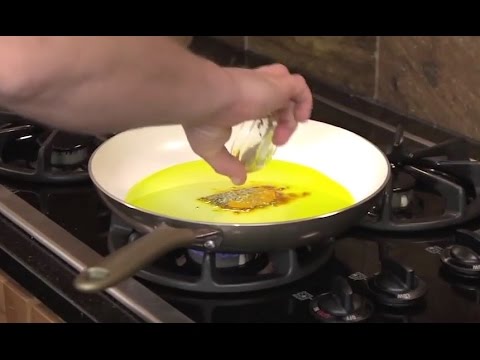
“Blooming does amazing things to ground spices and it involves gently heating them in oil to amplify their flavor. You take this step before you start cooking. It’s a time-honored approach to many different forms of cooking.
“While it’s not exactly uncommon, it’s rarely practiced in most home kitchens, and that’s a shame, because it’s beyond delicious. Here’s when you should really consider blooming:
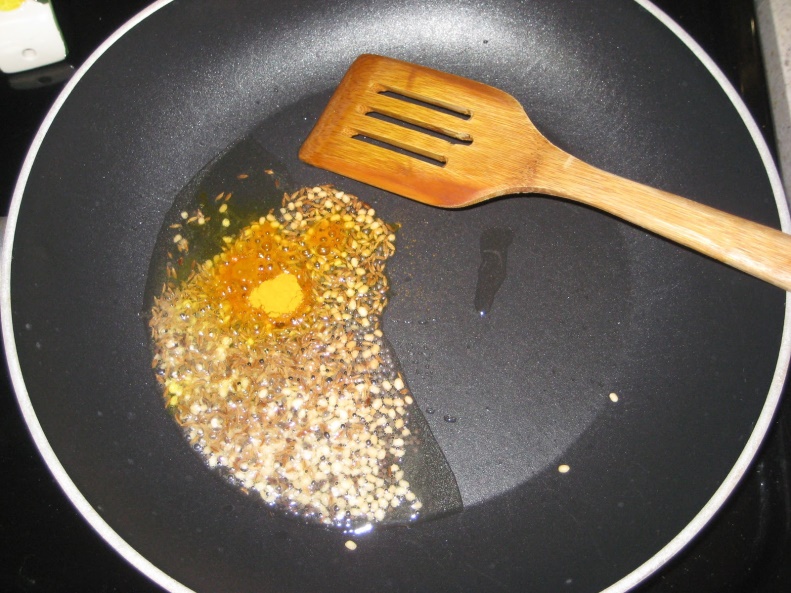
“Whenever you’re relying on oil for flavor: Pretty much anytime you’re using butter or frying at low temperatures is a good time to consider blooming your spices in oil. Butter carries a ton of flavor, whether you’re frying an egg in it or sautéing spinach or kale. Next time, though, add some of the spices you plan to season those greens (or that egg) with to the pan ahead of time, even if it’s just some freshly cracked pepper. Let them bloom in the butter for a minute or two (before you add the food you need to cook), and toss. Thank me later.”
Then there’s toasting your spices. Toasting shifts the overall flavor by adding another layer of flavor. I don’t know the science behind this, I just know it works! That extra layer of flavor does remarkable things to recipes. Here’s when you should consider toasting:
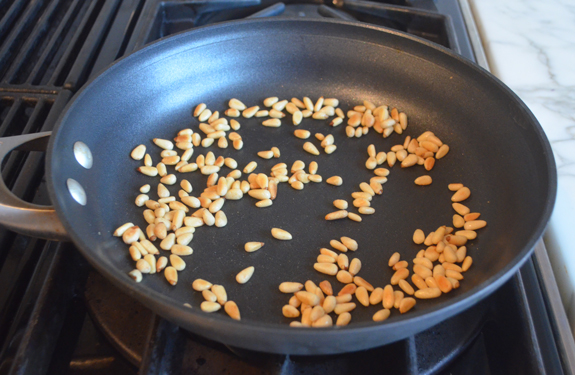
“When you need to add whole spices to a bigger dish: You may be familiar with recipes that specify toasting ingredients as part of the prepping process. For instance. recipes that suggest toasting nuts (such as pine nuts) or seeds (like fennel or anise seed) to release their flavor before either adding them to a dish or grinding them up and using them as seasoning.
“But apply toasting to even more dishes. Consider a big pot of chicken soup or beef stew, making homemade stock, or even making punch or mulled wine. These recipes probably call for whole spices. Maybe a stick of cinnamon and some cloves, or some star anise. Maybe fennel seeds or cardamom pods. In every single case, if you’re going to add whole spices to another dish and let it soak up that spicy flavor, you can benefit from toasting them before you do so.”
And here’s when you should practice both techniques:
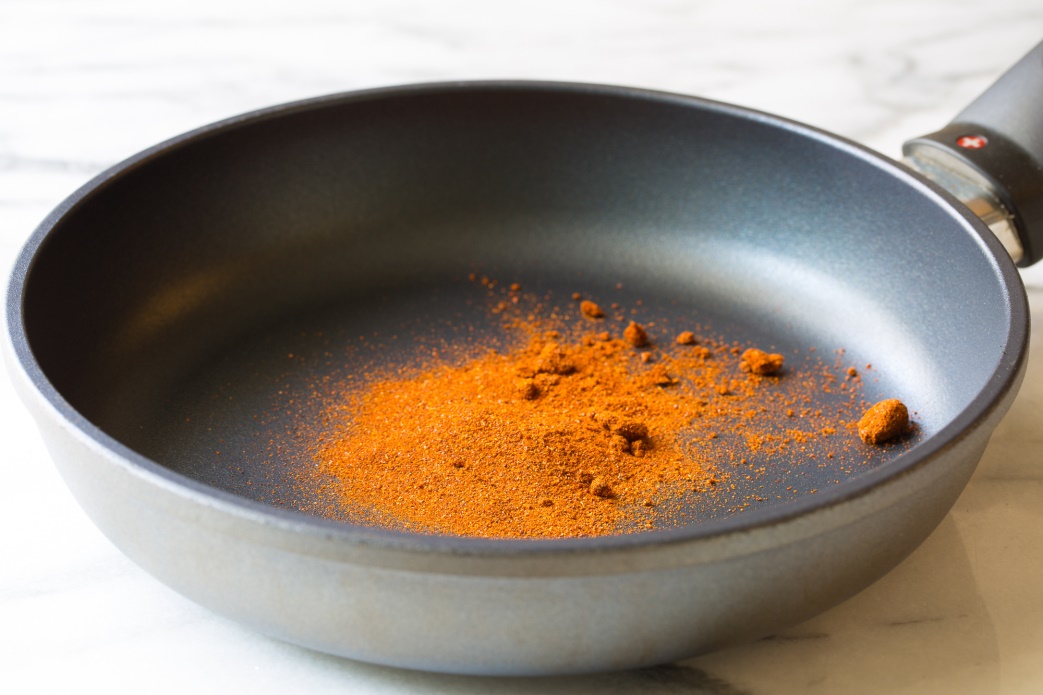
“When your spices are a little old: Blooming and toasting are especially useful if you have older spices in your pantry—and let’s be honest, even though we’ve warned you about their shelf life in the past, you probably have a few in your pantry that have seen better days. I certainly do, and whether you’re toasting dry spices or blooming ground ones in oil, the added heat can give them a new lease on life.”
Now with the WHEN TO DO IT taken care of, let’s look at HOW TO DO IT:
Place an empty pan over medium-high heat. If the dish you plan to make will eventually require oil or fat, you’ll “bloom” the spices you need in oil. Add your oil or fat (butter, for example) to the pan.
When the oil shimmers, grab your spices—whole or ground (although this technique works best with ground spices) and add them to the oil.
Let them bloom until they start to smell fresh, nutty, and kind of toasty. That’s when you know to cut the heat. Don’t leave them on too long or they’ll burn. Now you can pull out the spices and reuse the oil in the dish you’re about to make, or use the spices and the oil together, it’s up to you.
If you’re going to add the spices whole and dry to something water soluble, like a soup, dip, or a simmering sauce, toast them without oil. Add them to the pan once it’s hot, and turn the heat down.
Keep the spices moving periodically so they don’t burn or overcook on one side. Again, you’ll know they’re ready to come off the heat when you detect that nutty, smoky, toasty smell. Pull them off the heat and set them aside.
At this point, you can add them whole, or grind them and use them in place of ground spices.
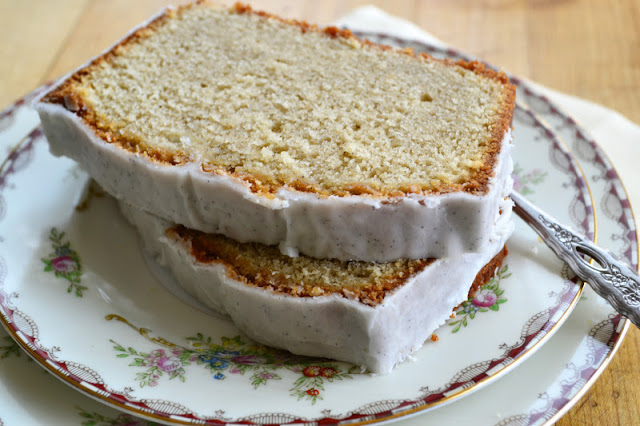
“Lastly, don’t limit yourself to these suggestions. This technique is useful in just about any type of dish, whether you’re frying, baking, or even making desserts (such as a toasted cardamom pound cake)!”
- www.lifehacker.com
- www.honeywhatscooking.com
- www.onceuponachef.com
- www.norecipes.com
- www.thepioneerwoman.com
- www.theviewfromgreatisland.com
 Alice Osborne
Alice Osborne
Weekly Newsletter Contributor since 2006
Email the author! alice@dvo.com
